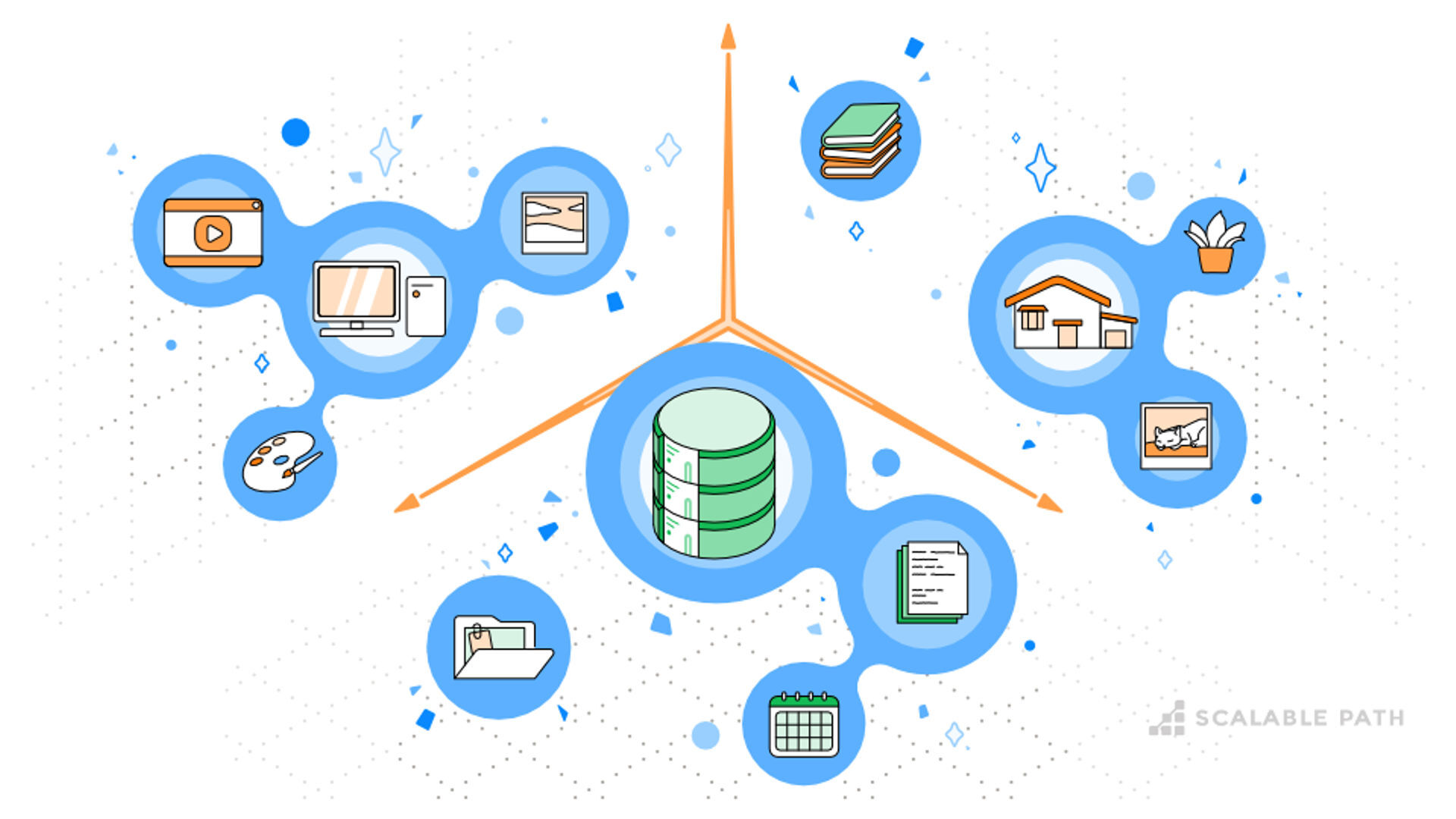Traditional search methods rely on keyword matching, which often fails to capture the intent and context of user queries. As AI-powered applications continue to evolve, vector databases have emerged as a critical solution for enabling fast, intelligent, and accurate search experiences.
By leveraging high-dimensional vector representations, vector databases can power real-time AI search with unmatched speed and accuracy. In this article, we’ll explore eight key reasons why you should integrate vector databases into your backend for AI-driven search.
1. Enhanced Search Accuracy with Semantic Understanding
Unlike traditional relational databases that rely on exact keyword matches, vector databases understand context. They store and compare data using numerical embeddings, allowing AI to interpret the meaning and relationships between different entities.
Example
In a product search engine, a query for “wireless headphones” would return relevant results, including “Bluetooth earbuds,” even if the exact keywords don’t match.
2. Ultra-Fast Query Performance
Vector databases use Approximate Nearest Neighbors (ANN) algorithms to retrieve results quickly, even from billions of records. Advanced indexing techniques like HNSW (Hierarchical Navigable Small World) and IVF (Inverted File Index) significantly speed up searches while maintaining high accuracy.
3. Scalability for Large Datasets
AI-powered applications require handling massive amounts of data. Vector databases are built to scale and can efficiently store and retrieve billions of vectors, making them ideal for search engines, recommendation systems, and AI assistants.
Key Benefit
Vector databases such as Milvus, Pinecone, and FAISS support distributed architectures, ensuring seamless scalability as data grows.
4. Efficient Multimodal Search
Beyond text, vector databases enable multimodal search, meaning they can index and retrieve images, audio, and video alongside textual data. This capability is crucial for applications like visual search, speech recognition, and cross-lingual retrieval.
Example
A fashion e-commerce platform can allow users to search for products by uploading an image instead of typing keywords.
5. Personalised Recommendations
Vector databases power real-time recommendation engines by analysing user interactions and behaviour patterns. By computing similarities between user preferences and available content, AI-driven recommendations become more relevant and dynamic.
Use Cases
- Streaming platforms (e.g., Netflix, Spotify) suggest content based on viewing/listening history.
- E-commerce websites recommend products based on past purchases and browsing behaviour.
6. Robust Anomaly Detection for Security
By analysing vector similarities, AI models can detect fraudulent behaviour or security threats more effectively than traditional rule-based systems.
Applications
- Fraud prevention in banking: Identifies unusual transaction patterns.
- Cybersecurity: Detects anomalies in network traffic and user behaviour.
7. Real-Time AI Search with Instant Indexing
Traditional databases require time-consuming indexing and reindexing processes. Vector databases support real-time indexing, allowing new data to be instantly searchable without performance degradation.
Example
A chatbot can instantly index newly acquired knowledge and provide real-time responses based on updated information.
8. Seamless Integration with AI & ML Frameworks
Vector databases are designed to work with AI and ML models, offering seamless integration with frameworks like TensorFlow, PyTorch, and OpenAI’s GPT. This makes them a natural fit for AI-powered applications that require intelligent search and retrieval.
Conclusion
Vector databases revolutionise search by enabling semantic understanding, ultra-fast retrieval, and scalability for AI-driven applications. Whether you’re building a search engine, recommendation system, fraud detection tool, or multimodal search experience, adopting a vector database in your backend can significantly enhance performance and accuracy.
By leveraging the power of vector search, developers can build more intelligent and efficient applications, setting the foundation for the future of AI-powered search.
